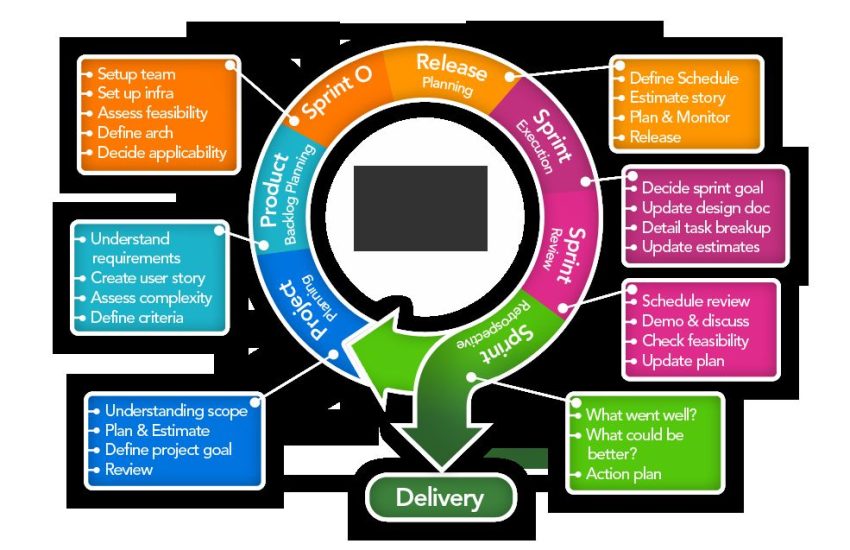Top E-commerce Web Design Trends for 2024
As the technology landscape continues to evolve at a rapid pace, so do the trends in e-commerce web design. In order to stay ahead of the competition and provide a seamless user experience, it is important for businesses to stay current with the latest trends in web design. Here are some of the top e-commerce web design trends to watch out for in 2024:
1. Personalized User Experience
One of the key trends in e-commerce web design for 2024 is the focus on providing a personalized user experience. With advancements in AI and machine learning, businesses are able to gather data about their customers’ preferences and behavior, and use this information to create personalized experiences on their websites. This can include personalized product recommendations, targeted promotions, and customized content based on the user’s browsing history.
2. Mobile-First Design
With the increasing number of consumers shopping on their mobile devices, it is essential for e-commerce websites to prioritize mobile-first design. In 2024, this trend will become even more pronounced, with businesses investing in responsive design and mobile optimization to ensure a seamless shopping experience for mobile users. This includes mobile-friendly navigation, fast loading times, and intuitive UI/UX design.
3. Minimalistic Design
In 2024, we can expect to see a shift towards minimalistic design in e-commerce websites. Minimalistic design focuses on clean, clutter-free layouts, simple typography, and a limited color palette to create a sleek and modern look. By reducing visual clutter and focusing on essential elements, businesses can improve user engagement and drive conversions on their websites.
4. Augmented Reality (AR) and Virtual Reality (VR)
One of the most exciting trends in e-commerce web design for 2024 is the integration of augmented reality (AR) and virtual reality (VR) technologies. These technologies allow users to visualize products in a real-world setting, providing a more immersive shopping experience. Businesses can use AR and VR to showcase products from multiple angles, allow customers to try on virtual clothing, or even visualize how furniture would look in their homes.
5. Voice Commerce
With the rise of voice assistants like Amazon Alexa and Google Assistant, voice commerce is becoming an increasingly popular way for consumers to shop online. E-commerce websites in 2024 will need to optimize their design for voice search, including adding voice-enabled search functionality, voice-activated shopping carts, and voice-guided navigation. By integrating voice commerce into their websites, businesses can cater to the growing number of consumers who prefer to shop using voice commands.
6. Sustainability and Eco-Friendly Design
As consumers become more conscious of their environmental impact, businesses are starting to prioritize sustainability and eco-friendly design in their e-commerce websites. In 2024, we can expect to see more businesses incorporating sustainable practices into their design, such as using eco-friendly materials, reducing packaging waste, and promoting ethical manufacturing practices. By showcasing their commitment to sustainability, businesses can attract environmentally-conscious consumers and differentiate themselves in a competitive market.
7. Interactive Product Visualization
Another trend to watch out for in 2024 is the use of interactive product visualization on e-commerce websites. Interactive product visualization allows users to interact with products in a more engaging way, such as zooming in on product images, rotating 360-degree views, or watching product videos. By incorporating interactive elements into their design, businesses can provide a more immersive shopping experience and help customers make informed purchasing decisions.
Conclusion
In conclusion, the e-commerce web design landscape is constantly evolving, and businesses need to stay up-to-date with the latest trends in order to remain competitive. In 2024, we can expect to see a focus on personalized user experiences, mobile-first design, minimalistic layouts, AR and VR technologies, voice commerce, sustainability, and interactive product visualization. By incorporating these trends into their websites, businesses can create a more engaging and seamless shopping experience for their customers.


